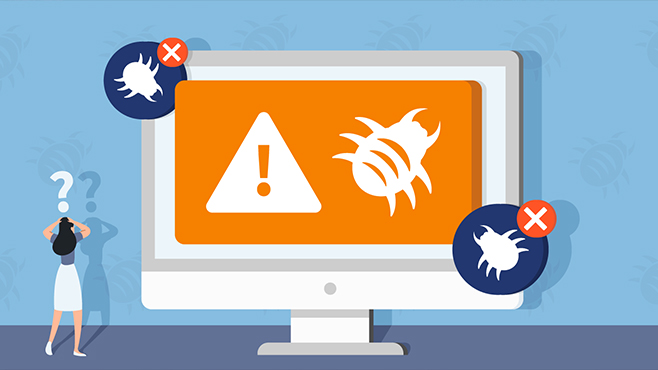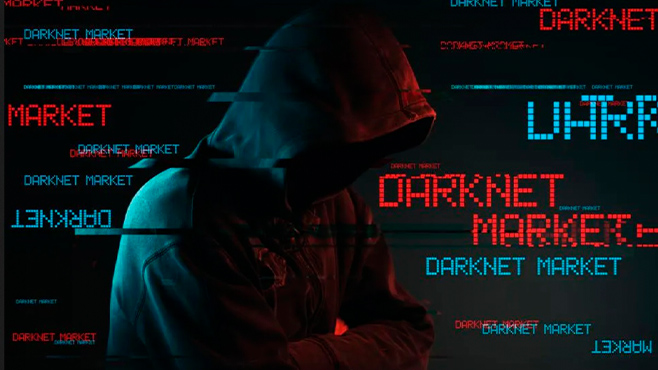Ransomware
Ransomware is a malicious software that prevents access to your system and demands payment of a ransom to the malware author in exchange for regaining access. There are two primary types of ransomware.
The first type restricts access to the system by locking the screen and demands payment of a ransom to unlock it. Although this type of malware can be removed with some effort, malware authors often use scare tactics to coerce users into paying the ransom. For example, they may display a pop-up that appears to be from a law enforcement agency, claiming that illegal content has been found on the user's device.
It's important to note that if a law enforcement agency discovers illegal content on a user's system, paying a fine will not fix the situation. However, cybercriminals know that many people will pay the "fine" to avoid potential legal issues.
The second, more severe type of ransomware involves encryption. This class of ransomware, such as CryptoLocker, searches the system for files likely to contain valuable data, such as Microsoft Office files, PDFs, and images. The ransomware then encrypts these files with a unique encryption key, making them unreadable to the victim. A pop-up then appears, informing the victim that their files have been encrypted and demanding payment of a fee within a short period of time, or the decryption key will be destroyed, permanently locking the files.
This method is particularly effective for cybercriminals, as many victims would rather pay the ransom than lose their personal data, such as tax records or vacation photos. Small businesses are especially vulnerable since they may lack proper backups of customer data and bookkeeping. Unfortunately, there have been instances where the decryption key doesn't work, and victims still lose their data after paying the ransom. Cybercriminals typically do not offer tech support or refunds.
Ransomware is a severe type of malware, and while some ransomware can be removed by a skilled technician, most cannot. If a system is infected with ransomware, it's likely that the encrypted data cannot be recovered. It's crucial to take preventative measures, such as backing up data, and being cautious when downloading files or opening email attachments, to reduce the risk of ransomware infection.
Ransomware is no longer exclusive to PCs as it has now infected mobile devices and Macs as well. It is now a widespread problem that everyone needs to be aware of. So, how can you protect yourself against ransomware? By following safe computing practices, you can significantly lower the likelihood of being infected.
Here are some steps you can take:
- Be cautious: Ransomware spreads like other types of malware. Therefore, you must be wary of clicking on suspicious links or attachments. Watch out for suspicious emails that may seem odd or unexpected attachments from people in your contact list. If in doubt, verify with the sender before opening any attachment.
- Keep your system updated: Since ransomware starts out like any other malware, ensure that your system is up to date with all security, operating system, and application patches to reduce the risk of ransomware infection.
- Use anti-virus software: Running anti-virus software on your system is vital. Although keeping your system updated and being cautious about clicking on suspicious links will keep most malware out, anti-virus software is crucial to protect against new exploits and attacks such as drive-by downloads.
- Backup to the cloud: In the event that ransomware gets past the protections listed above, backing up sensitive information to the cloud can help in recovering data without paying ransom. However, it is important to use cloud backup services that offer encryption to ensure data security.
Ransomware is a severe threat that has been growing rapidly over the past year. By being vigilant, using anti-virus software, keeping your system updated, and backing up data to the cloud, you can significantly reduce your risk of being infected with ransomware. Stay safe!






